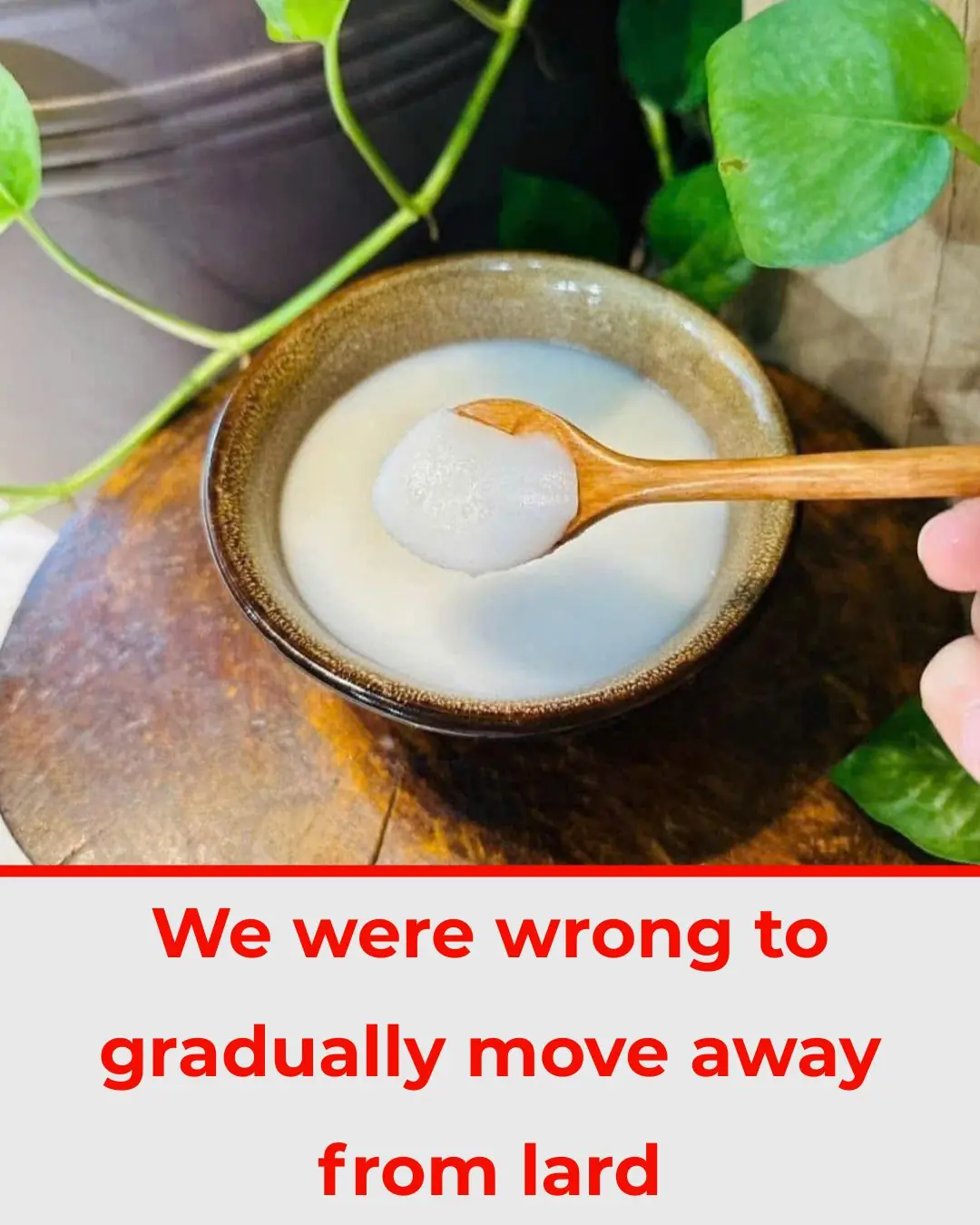
People Left Disgusted: Shocking Truth About How Crabsticks Are Made
Crabsticks have long been a go-to seafood snack—easy to eat, affordable, and widely available. Found in everything from sushi rolls to seafood salads, they’ve been a staple in kitchens around the world for decades. But a viral video recently pulled back the curtain on how these imitation crab products are made—and for many, it was a shock they won’t forget.
While many people enjoy delicious foods without giving a second thought to how they’re produced, crabsticks now join the ranks of foods like hot dogs and sausages—where the behind-the-scenes process can be far less appetizing than the final product.

🎥 Viral Video Exposes the Process
It all started when a video posted by the YouTube channel Food Kingdom went viral. The footage offered a rare look inside a factory where crabsticks are manufactured, taking viewers step-by-step through the industrial process of turning grey fish paste into glossy seafood sticks.
While the final product looks like neatly layered crab meat with a soft texture and appealing orange color, the reality of how it gets that way left viewers horrified—and in some cases, completely turned off from eating crabsticks ever again.
🐟 What’s Really Inside Crabsticks?
Despite the name, crabsticks contain no crab meat at all. The main ingredient is surimi, a paste made primarily from white fish, most commonly Alaskan pollock. This mild, inexpensive fish is caught in large quantities and processed into a neutral-tasting base for imitation seafood.
Once thawed, the frozen fish meat is placed into large industrial mixers, where it’s mashed into a soft, sticky paste. At this stage, ingredients like egg whites, sugar, salt, wheat starch, and vegetable oil are added. These help bind the mixture and give it a pliable, moldable texture.
The result? A greyish, foamy mass that resembles clay more than seafood.
🧪 From Paste to "Crab"
This pasty mixture—surimi—is then processed through machines that stretch, flatten, and press it into long sheets. These sheets are rolled and layered in a way that mimics the stringy texture of real crab or lobster meat.
Next, a thin orange coating is applied to the outer layer. This coloring is what gives crabsticks their familiar red-white appearance, mimicking the outside of cooked crab legs. Food coloring and flavoring agents are used to complete the illusion.
Finally, the imitation meat is cut into stick-like pieces, vacuum-packed, and shipped to stores around the globe.
🤯 Viewer Reactions: Shock, Disgust, and Denial
Once the video made the rounds on social media, thousands of people reacted—and not kindly. Many expressed horror at the grey foam being turned into a food they once loved.
“I will never purchase this ever again! Thank you for opening my eyes,” one viewer commented.
Another wrote, “I always thought this stuff was disgusting. Now I know it is.”
For some, the biggest disappointment wasn’t the lack of crab, but the fact that they had been unknowingly eating an entirely artificial product—believing it contained at least some real seafood.
😶 Not Everyone Was Surprised

Yet not all responses were negative. A number of viewers said they already suspected crabsticks were fake—and simply didn’t care.
“It’s just like sausages or hot dogs,” one person noted. “Tasty, cheap, and I know what I’m getting.”
Others defended crabsticks as a smart, affordable seafood alternative, especially in regions where real crab is too expensive or hard to find.
This divide in opinion revealed a bigger question: Do people really want to know what’s in their food? Or is ignorance bliss?
🔬 Why Surimi Exists
Surimi is not a new invention. It originated in Japan centuries ago as a method of preserving fish and using it efficiently. Traditional surimi was made by hand and often included natural flavorings and high-quality fish.
But today’s mass-produced surimi is a far cry from its artisanal roots. In modern factories, the focus is on cost-efficiency and scalability, not authenticity or taste.
Still, the concept makes economic sense. Real crab meat is expensive, labor-intensive to extract, and limited in supply. Surimi allows food companies to create a crab-like experience using abundant, cheaper fish, allowing people to enjoy the idea of crab without paying the premium.
🧠 The Psychological Impact
For many viewers, the disgust didn’t come from hygiene concerns—the production process appears clean and within food safety standards. Instead, it came from a feeling of deception. The name “crabsticks” and their appearance led people to assume they were eating something natural and authentic.
But learning that it’s just recolored fish paste with flavor enhancers changed their perception instantly.
This psychological dissonance—the gap between appearance and reality—is what causes such strong reactions. As one person put it: “It’s not that it’s unsafe. It’s that I was fooled.”
🧂 What Makes Them Taste Like Crab?
The mild, sweet flavor of crabsticks doesn’t come from the fish itself—it comes from a cocktail of flavor additives, including:
-
Fish extract
-
Crab flavoring (sometimes artificial, sometimes natural)
-
Salt and sugar
-
Monosodium glutamate (MSG)
These ingredients create a satisfying umami profile that mimics crab meat. Without them, surimi would be bland, rubbery, and largely unappetizing.
🍣 A Global Ingredient
Despite the backlash, crabsticks remain hugely popular, especially in:
-
Sushi rolls (like California rolls)
-
Seafood salads
-
Seafood pastas
-
Crab cakes and imitation lobster dishes
Their versatility and long shelf life make them appealing to home cooks and restaurant chefs alike.
But for many who saw the video, their trust was broken. Some viewers said they could no longer enjoy crabsticks without picturing the grey, foamy paste from the factory.
📦 Processed Food in Perspective
It’s worth noting that many processed foods are made in similarly unappealing ways—from chicken nuggets to deli meats to frozen meals. The difference is that crabsticks wear a disguise. Their carefully designed appearance and name imply luxury, when they are really a budget seafood substitute.
As food awareness grows, people are more critical than ever about what goes into the products they eat. The crabstick controversy serves as a symbol of modern food production: convenient, cost-effective, and cleverly disguised.
✅ Can Crabsticks Be Part of a Healthy Diet?
Surprisingly, yes—in moderation. While not rich in nutrients, crabsticks are:
-
Low in fat
-
High in protein
-
Convenient for meal prep
However, they are also:
-
High in sodium
-
Low in fiber and essential nutrients
-
Highly processed
Those with gluten or egg allergies should also check labels, as wheat and egg whites are common ingredients.
👉 Tip: If you enjoy crabsticks, try to balance them with fresh vegetables, healthy grains, or real seafood to create a more nutritious meal.
🧭 Final Thoughts: Should You Keep Eating Crabsticks?
Whether you choose to avoid crabsticks or keep enjoying them depends on your personal values and comfort level with processed foods.
If the idea of eating reconstituted fish paste turns your stomach, it might be time to explore real crab alternatives. If you don’t mind how it’s made—and appreciate the affordability—it’s okay to enjoy them occasionally.
But now, at least, you know the truth:
Crabsticks aren’t crab. They’re an illusion made from clever processing, flavor science, and marketing.
🦀 The Bottom Line
Crabsticks are a product of modern food engineering—an imitation that looks and tastes like something it’s not. Thanks to a viral video, that illusion has been shattered for many.
Whether you find that fascinating or disgusting, the story of crabsticks is a powerful reminder:
In today’s food world, what you see isn’t always what you’re eating.
News in the same category

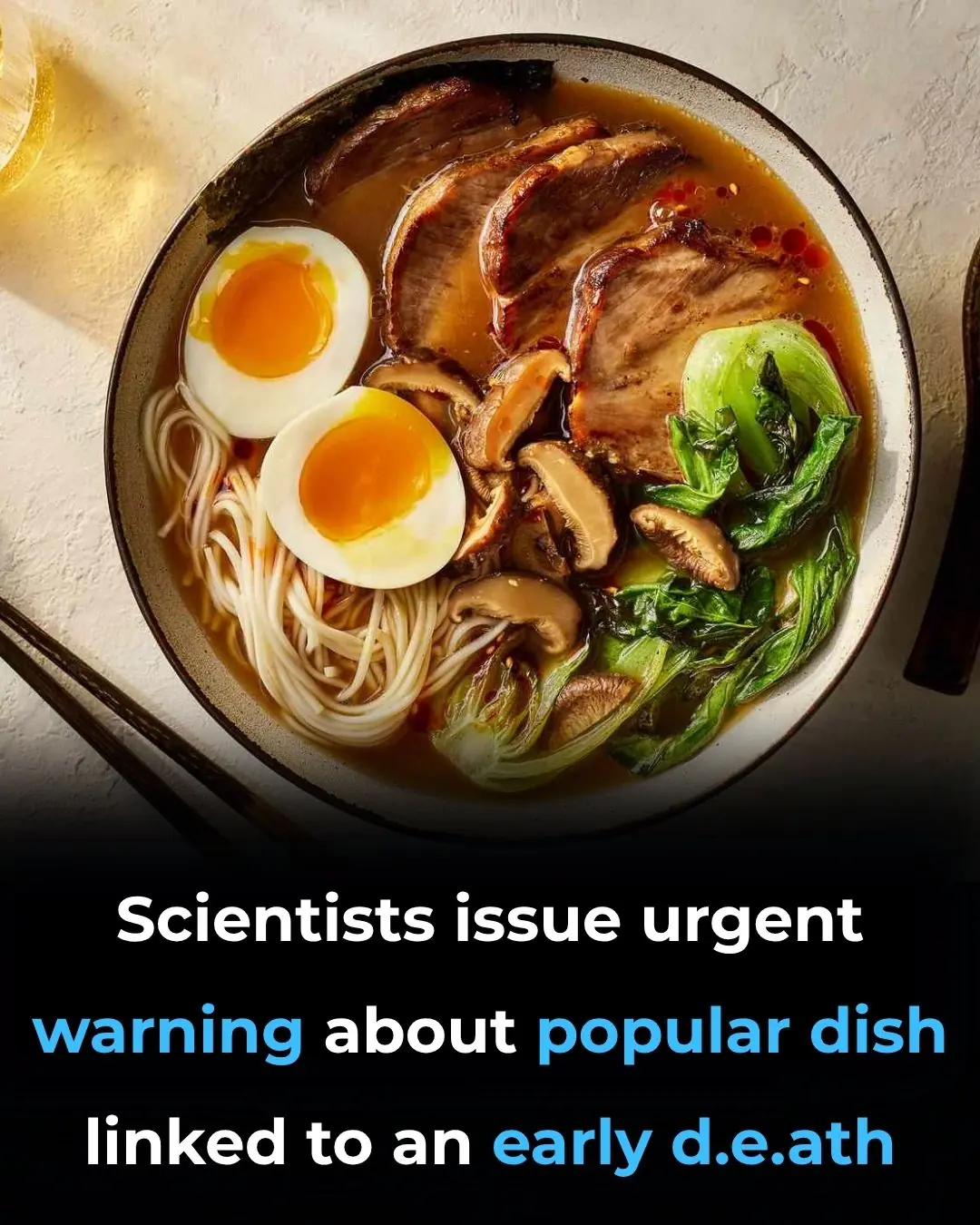
Alarming Study Links Eating Ramen Often to Early Death
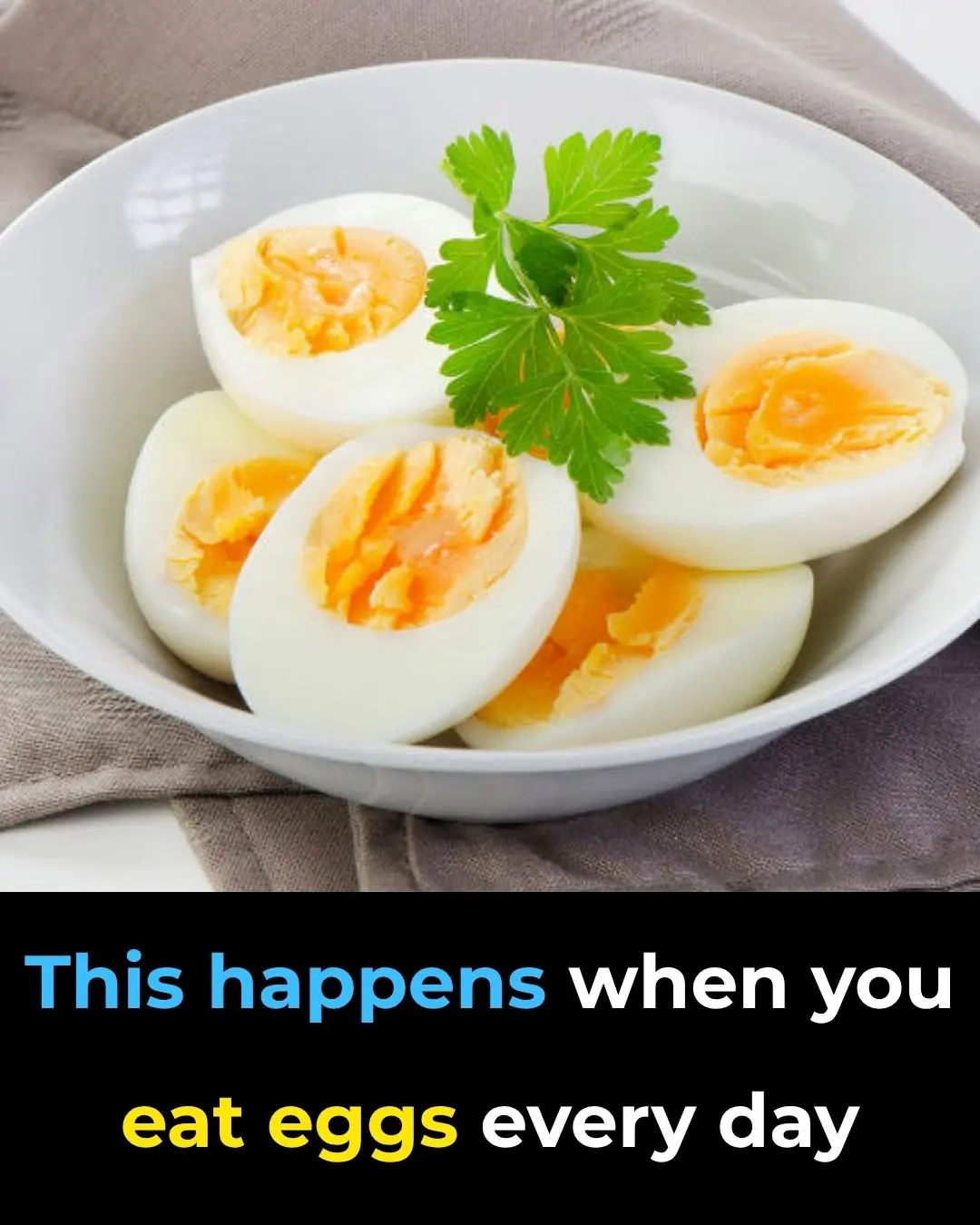
This is what happens to your body if you eat eggs for breakfast.
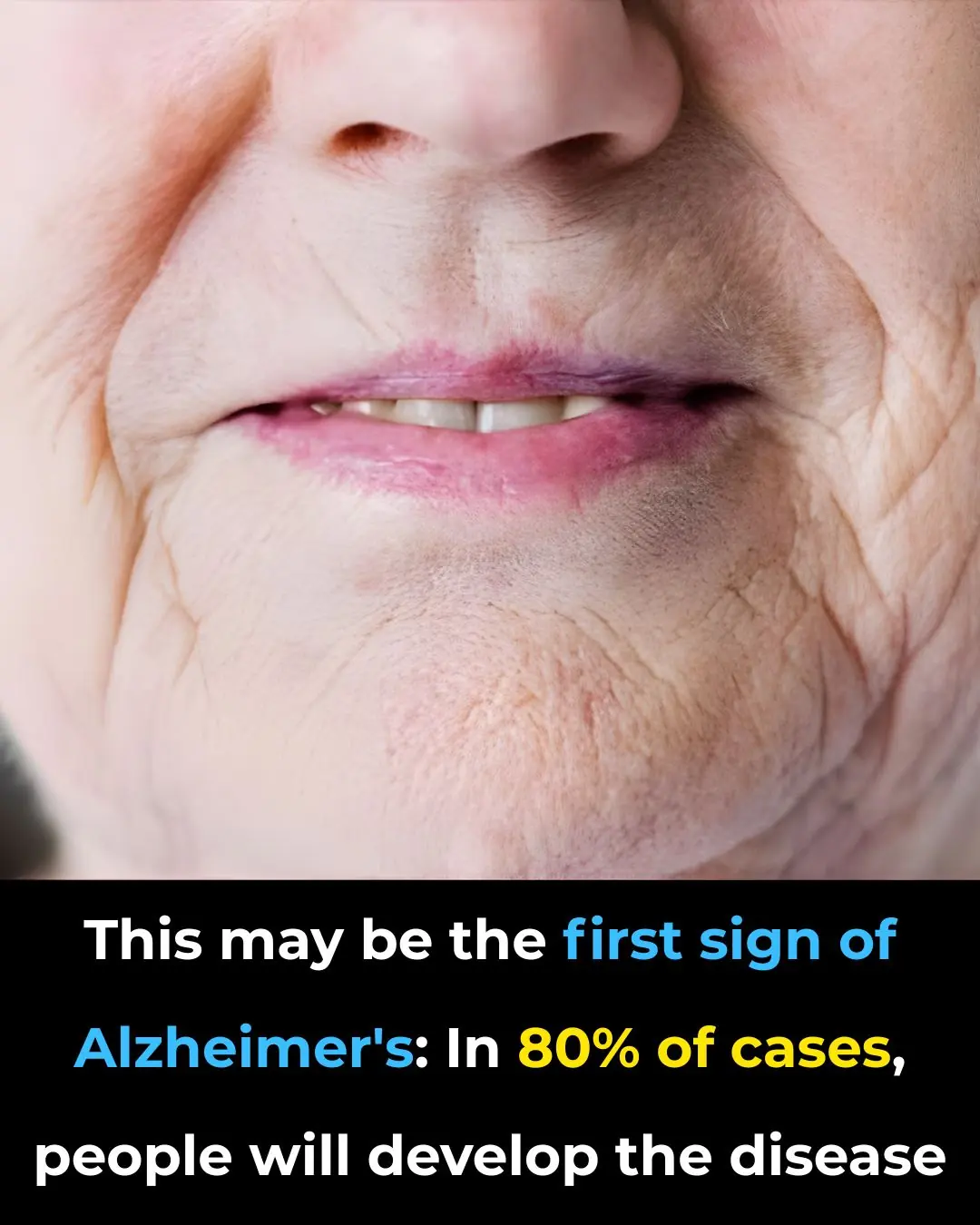
This may be the first sign of Alzheimer’s
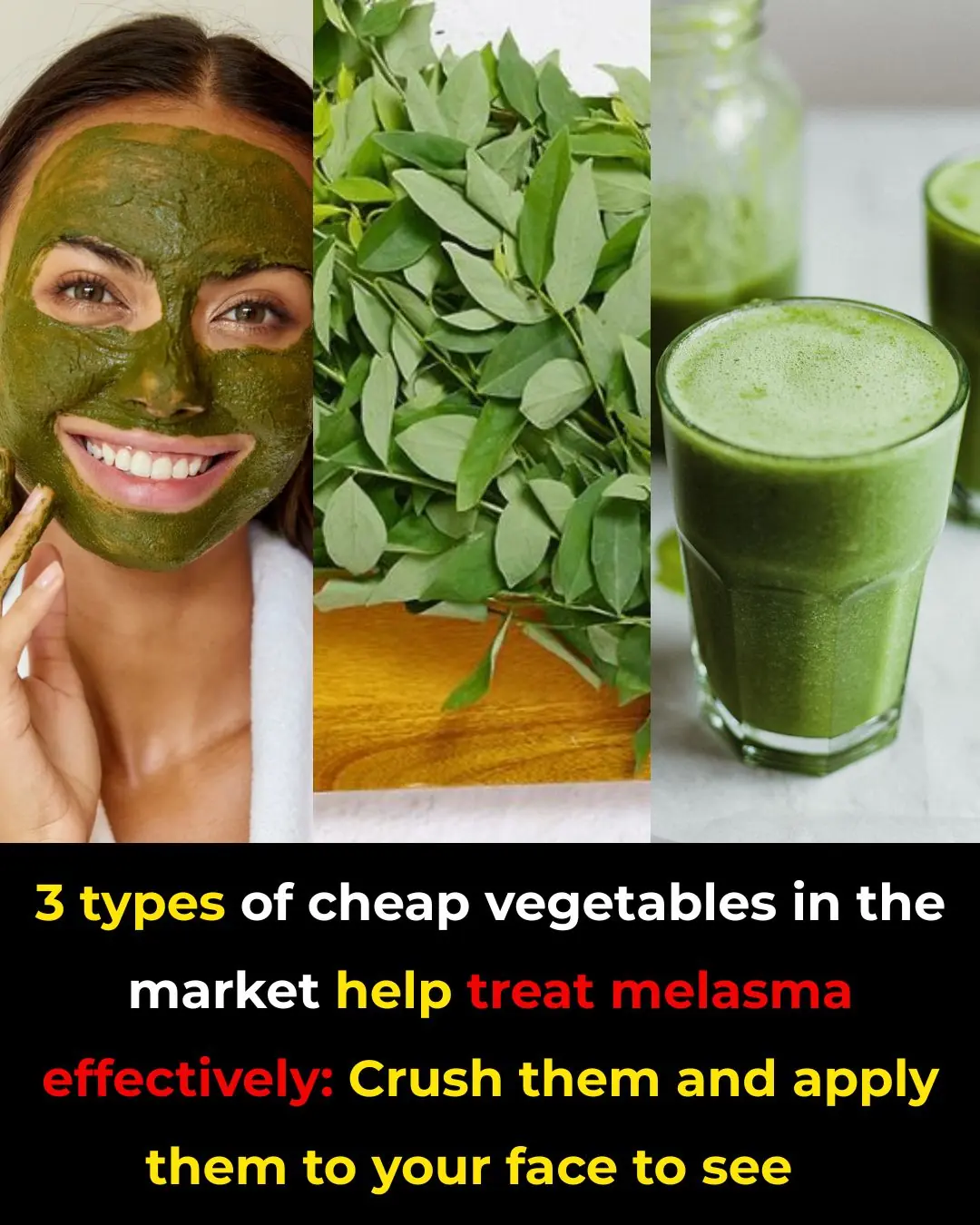
3 types of cheap vegetables in the market help treat melasma effectively: Crush them and apply them to your face to see
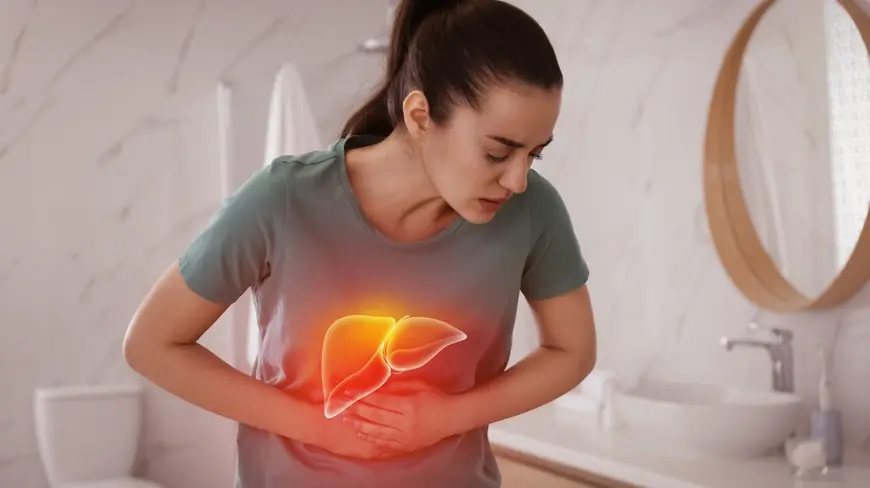
10 Warning Signs Your Liver is Overloaded with Toxins Don’t Ignore These!
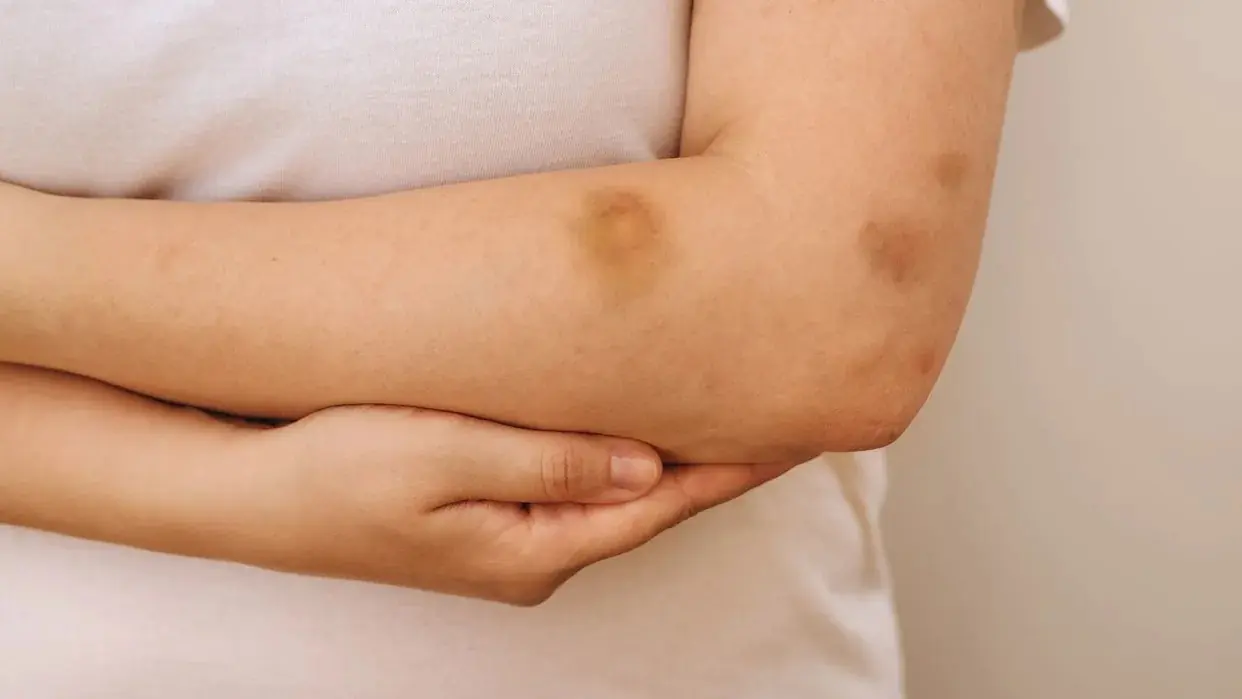
Doctors Urge: Don’t Ignore Unexplained Bruising These Hidden Reasons Could Be the Cause

Struggling to Sleep? A Famous Doctor’s 60-Second Trick Could Change Your Nights Forever
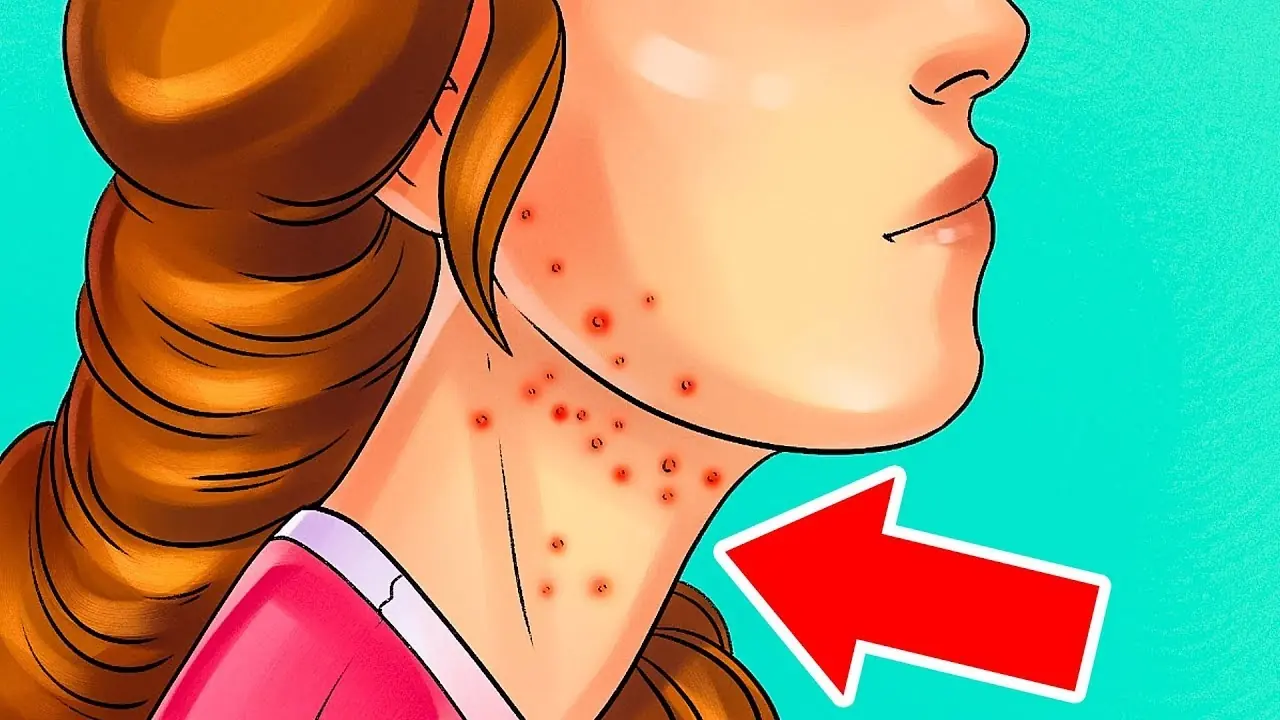
10 Urgent Warning Signs You’re Eating Too Much Sugar
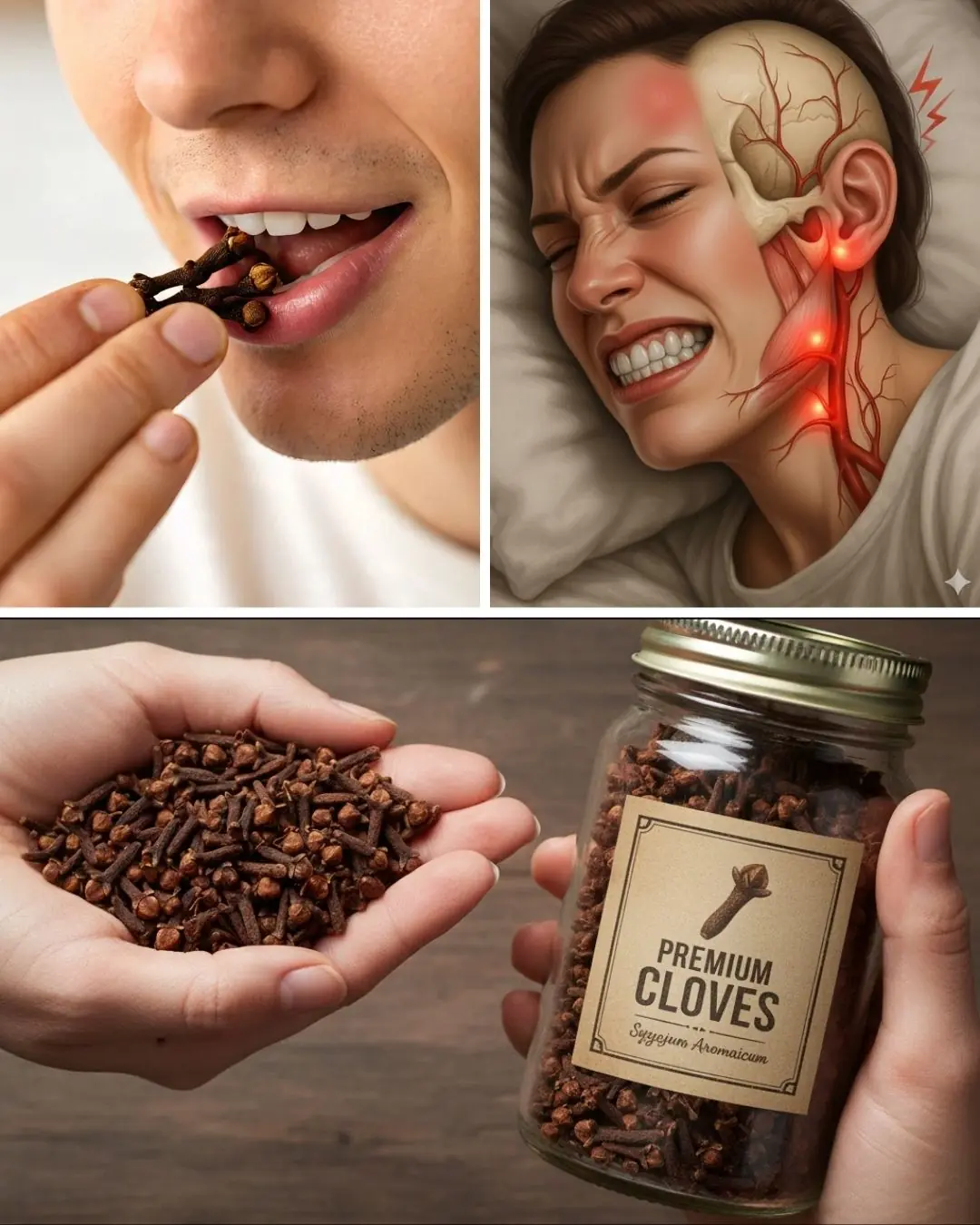
Holding Cloves in Your Mouth: A Natural Way to Relieve Toothache

Doctor has message for anyone who wakes up between 2am and 3am
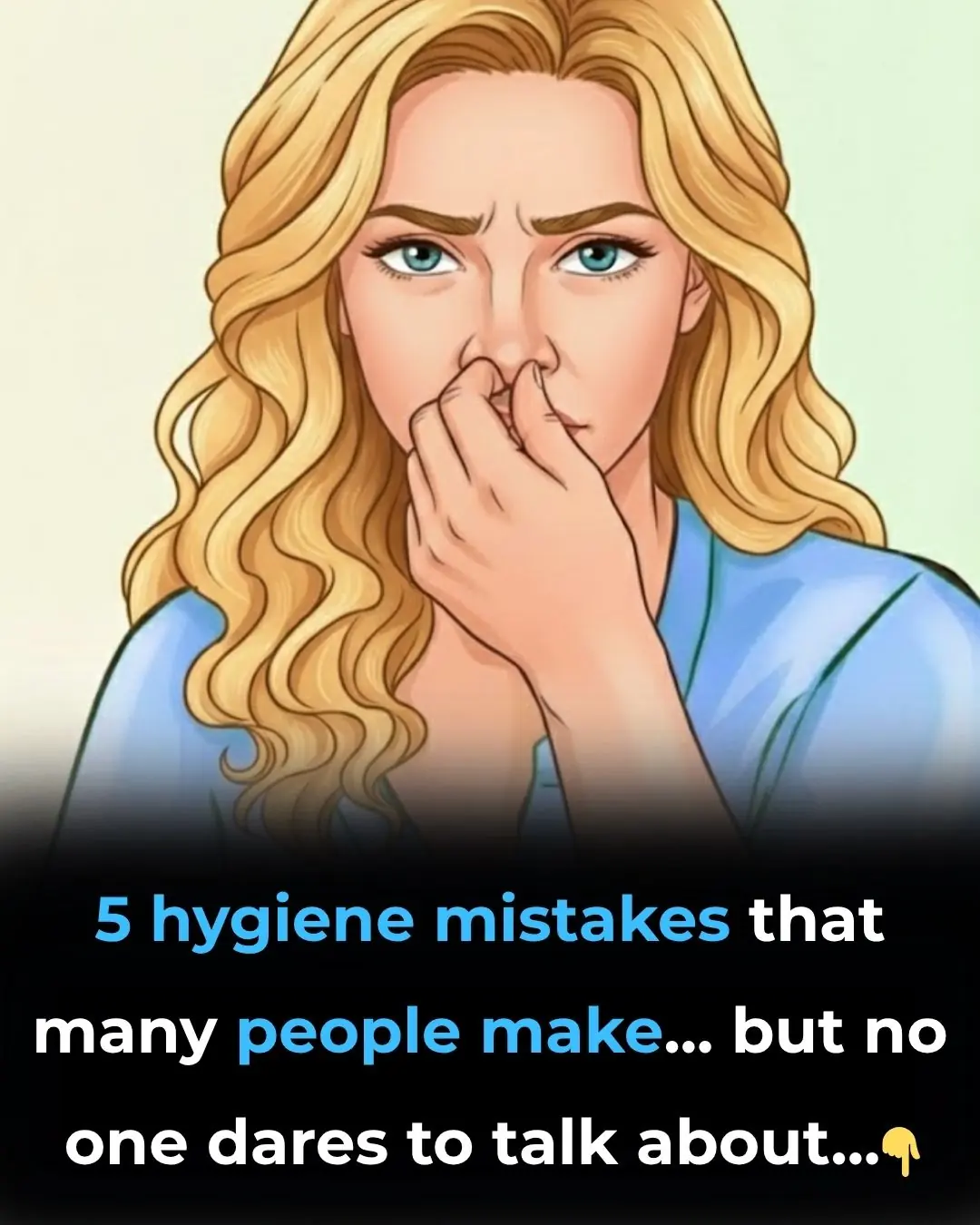
5 Hygiene Mistakes that Many People Make…
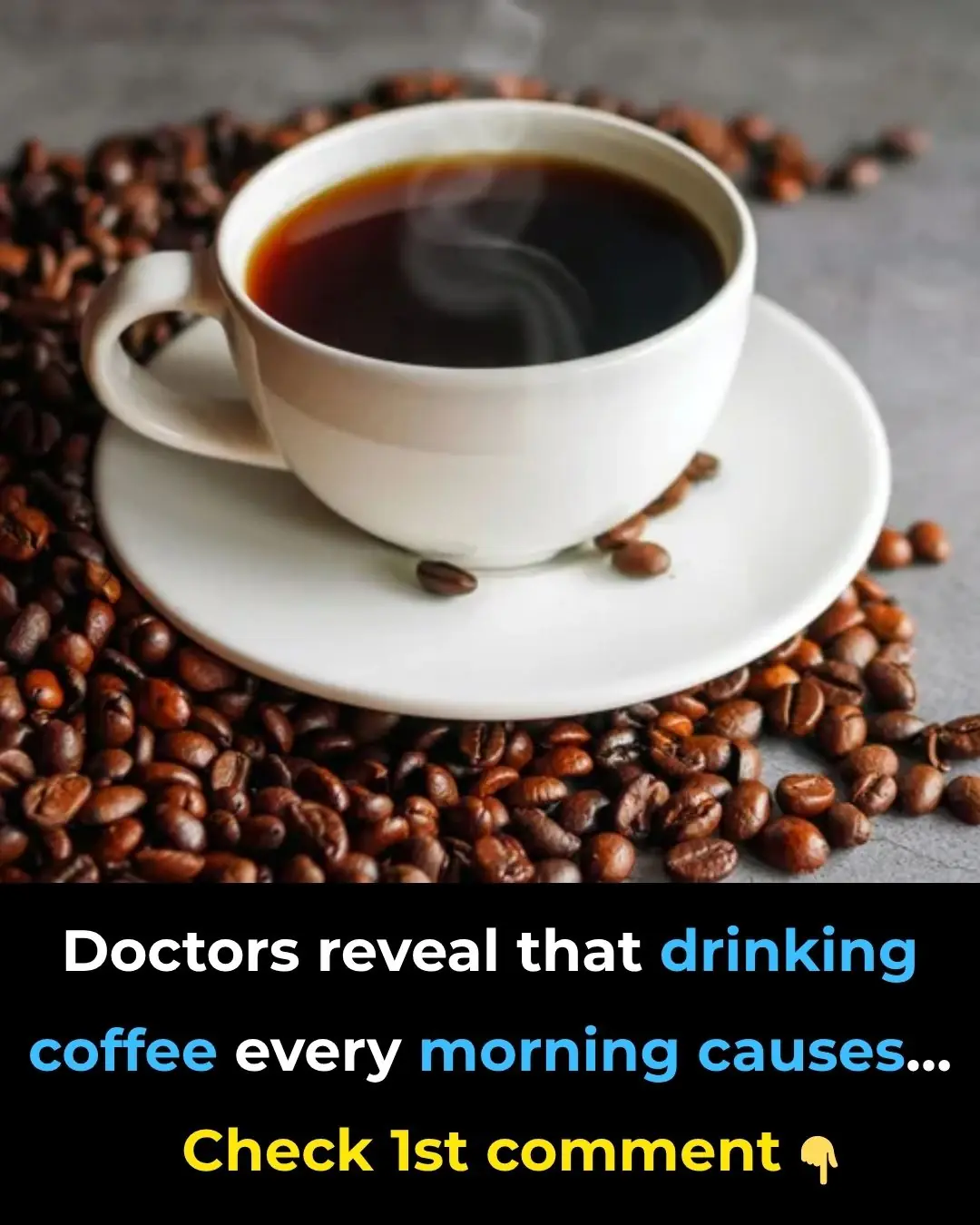
What Really Happens When You Drink Coffee Every Morning
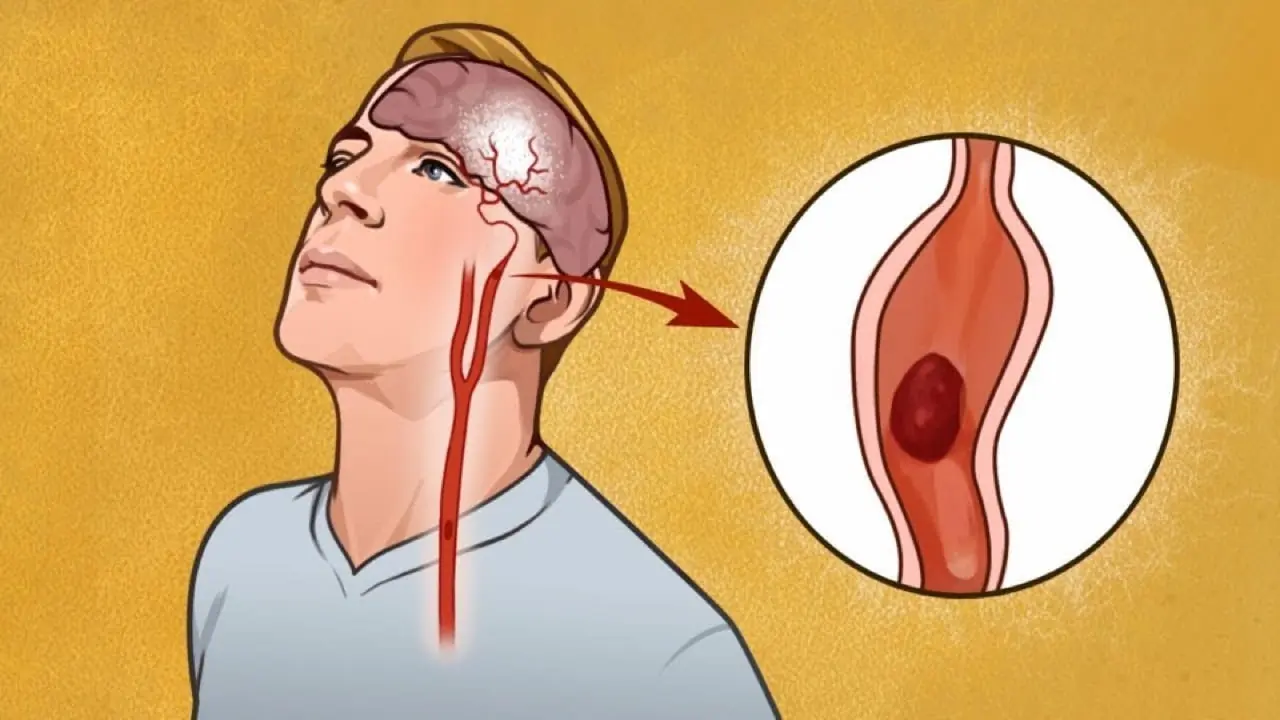
Warning Signs of Poor Blood Circulation You Can’t Afford to Miss
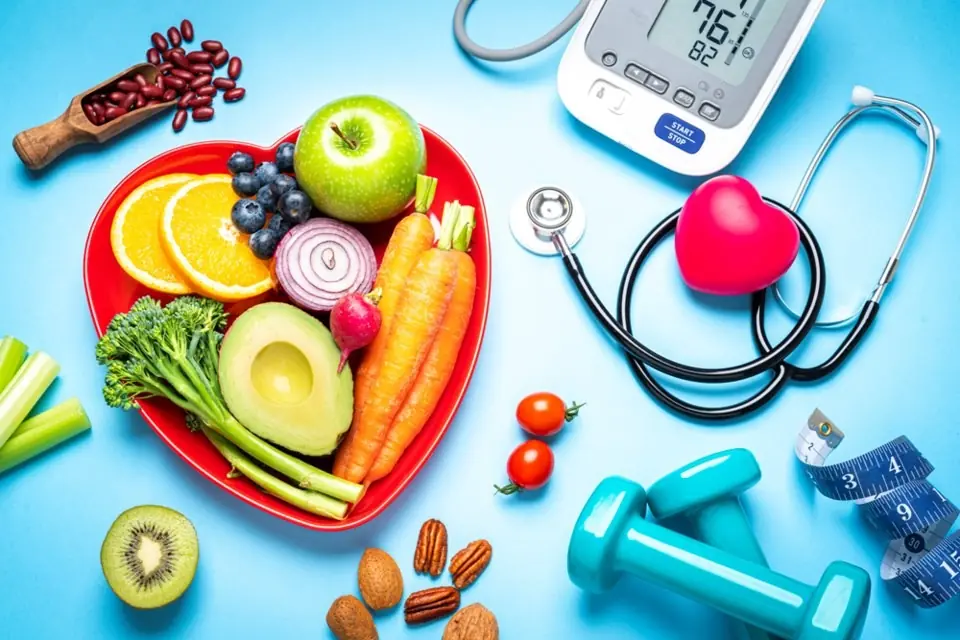
Eat THIS Daily to Keep Your Arteries Clean and Your Heart Healthy

Dates: The Single Food for Heart Attack, Hypertension, Stroke, and Cholesterol
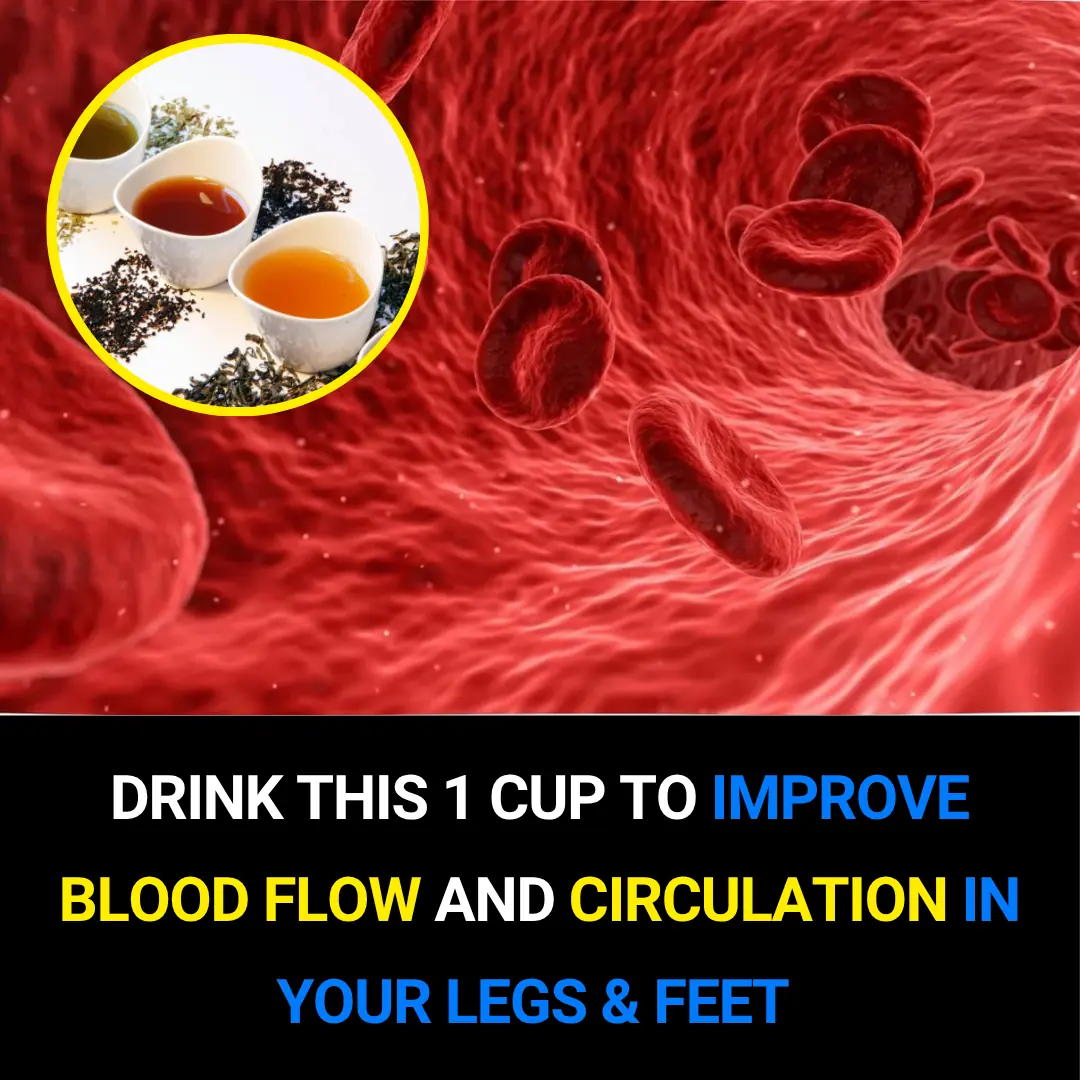
Drink This 1 Cup to Improve Blood Flow and Circulation in Your Legs & Feet
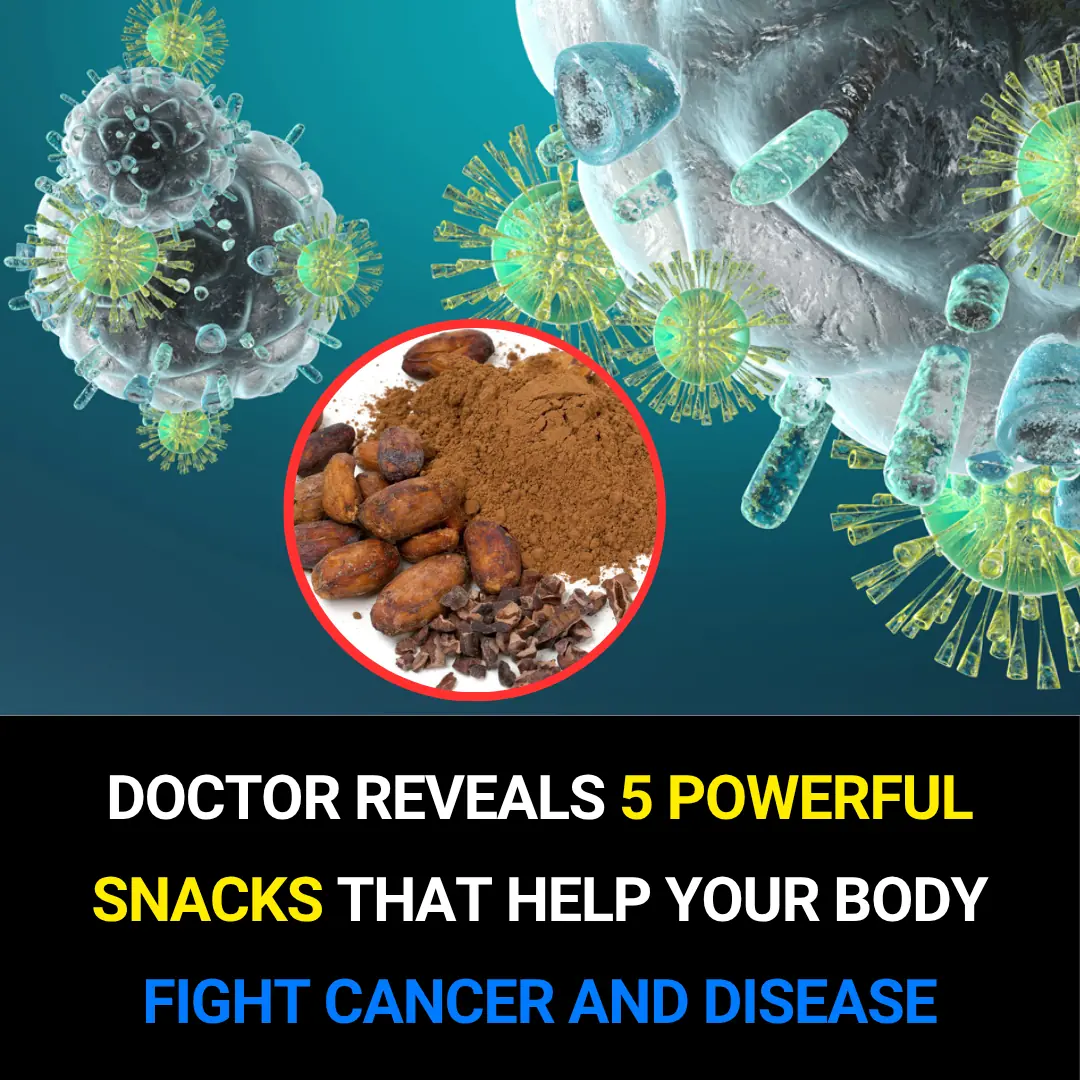
Doctor Reveals 5 Powerful Snacks That Help Your Body Fight Cancer and Disease
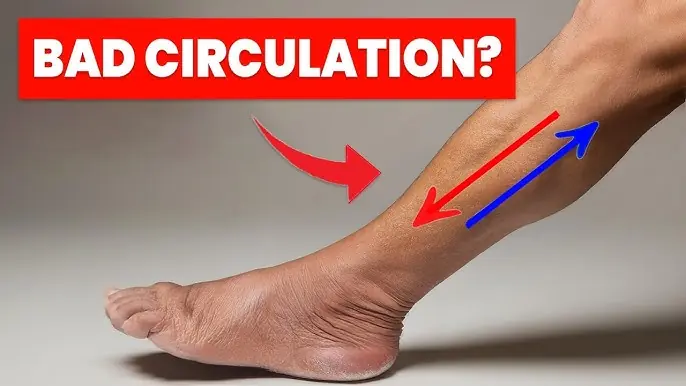
The 3:3:10 Method: 3 Exercises to Improve Leg Circulation
News Post
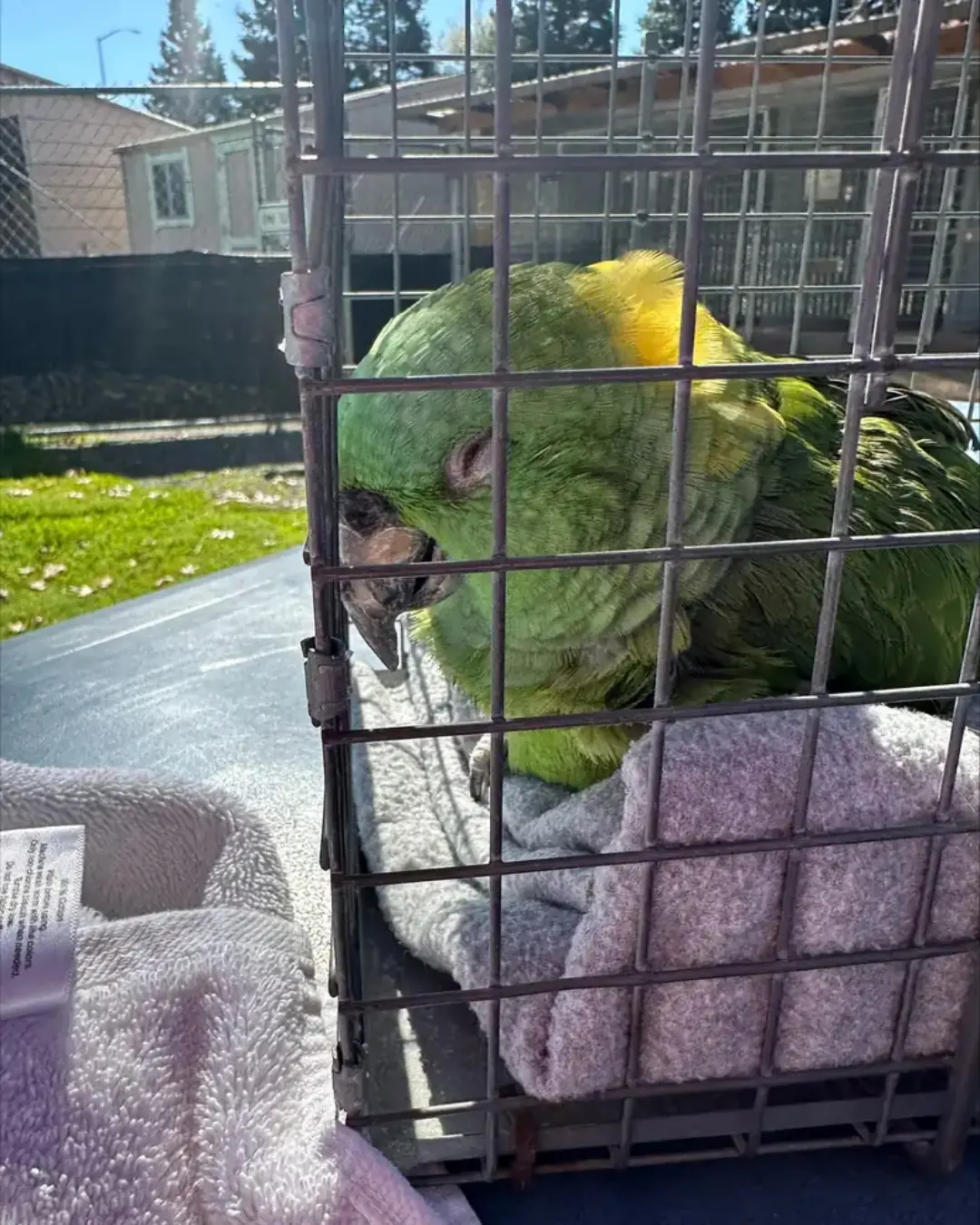
40-Year-Old Parrot Waits Alone for 2 Weeks in Empty Home, Collapses After Finally Being Rescued.

When the Music Became a Goodbye.

The Elephant Who Collected His Own Toll.

Why Drinking Water on an Empty Stomach Is Beneficial
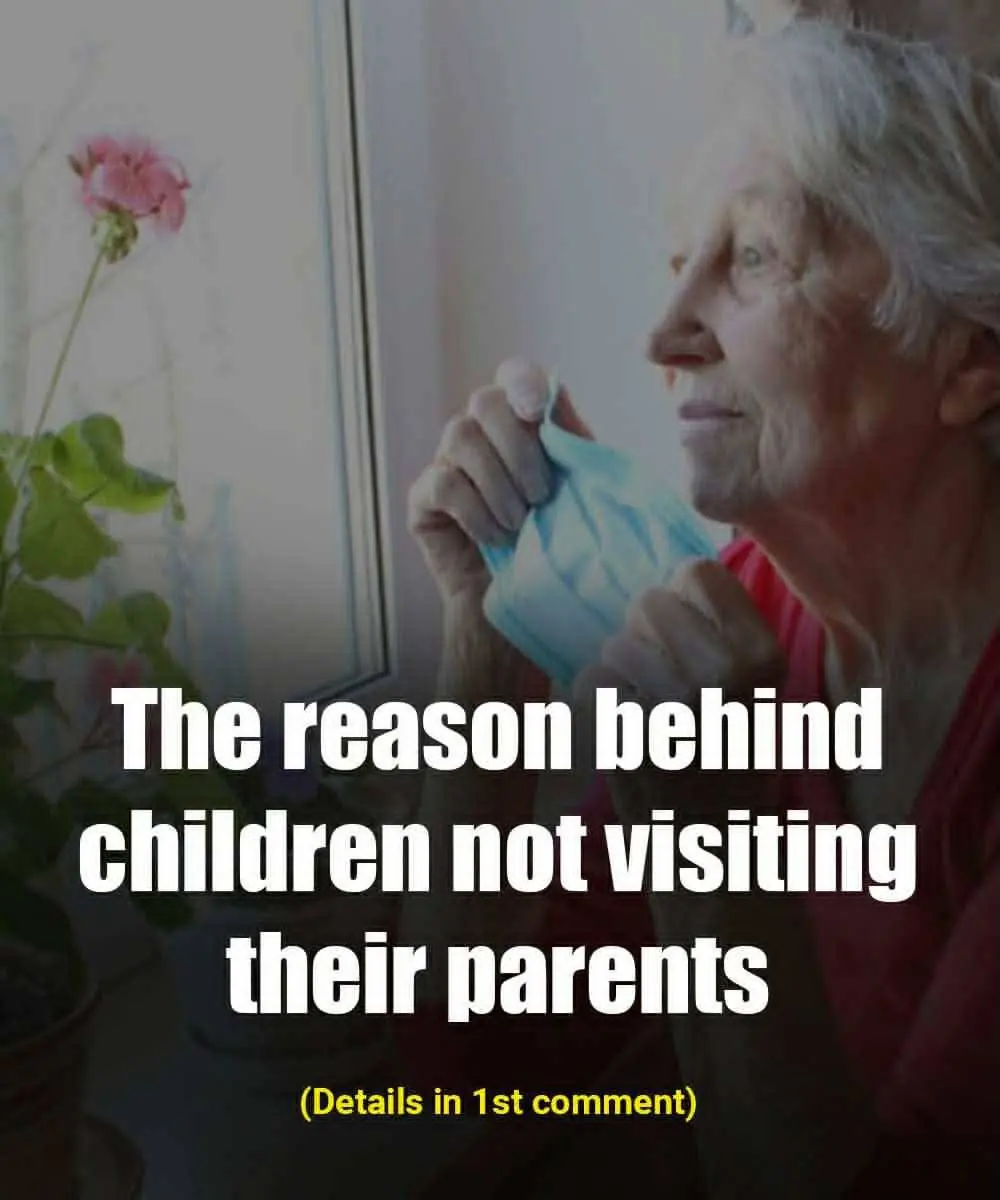
The reason behind children not visiting their parents
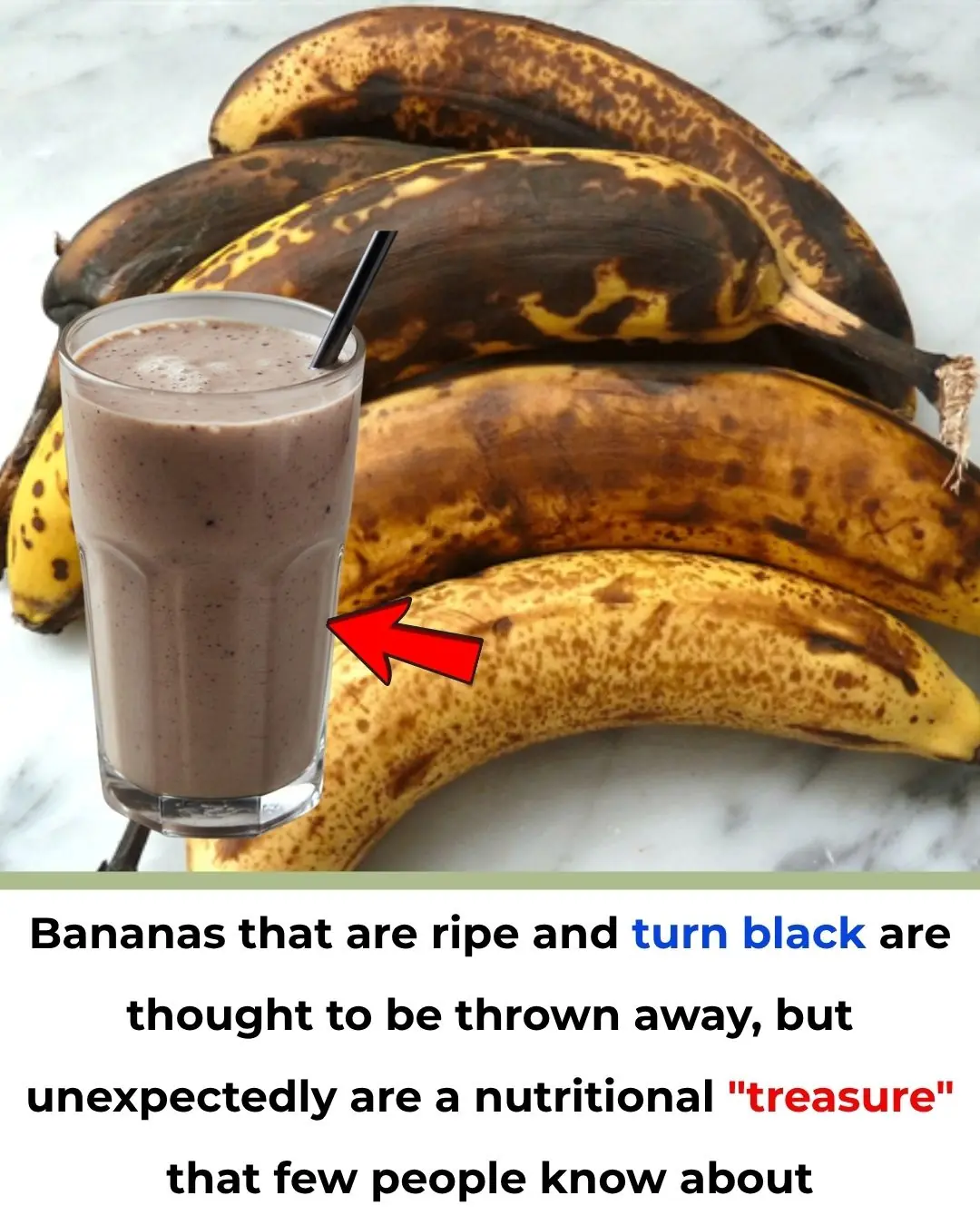
Bananas that are ripe and turn black are thought to be thrown away, but unexpectedly are a nutritional "treasure" that few people know about
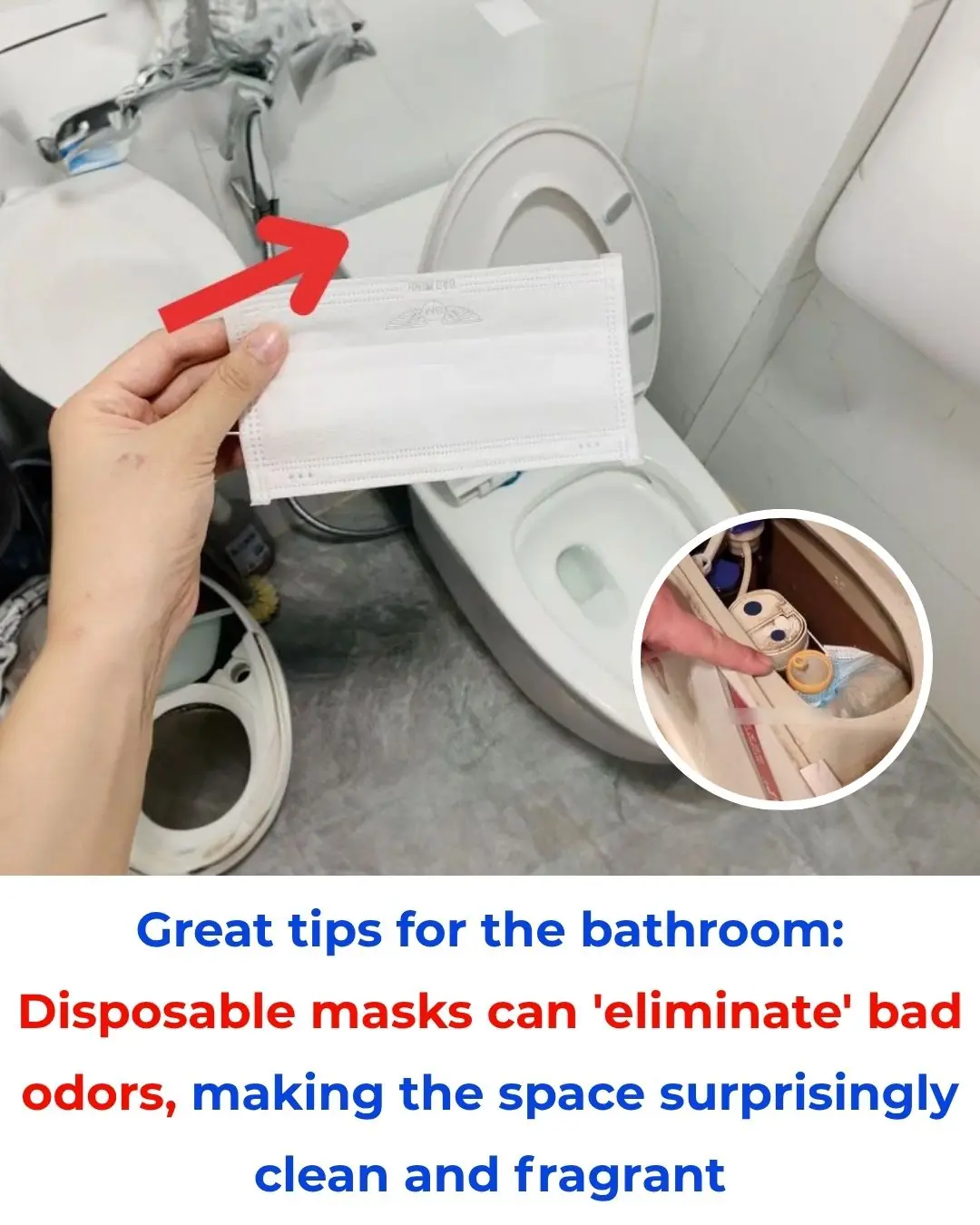
Great tips for the bathroom: Disposable masks can 'eliminate' bad odors, making the space surprisingly clean and fragrant

Powerball Winner Turns $2 Billion Fortune Toward Rebuilding Fire-Ravaged L.A. Homes
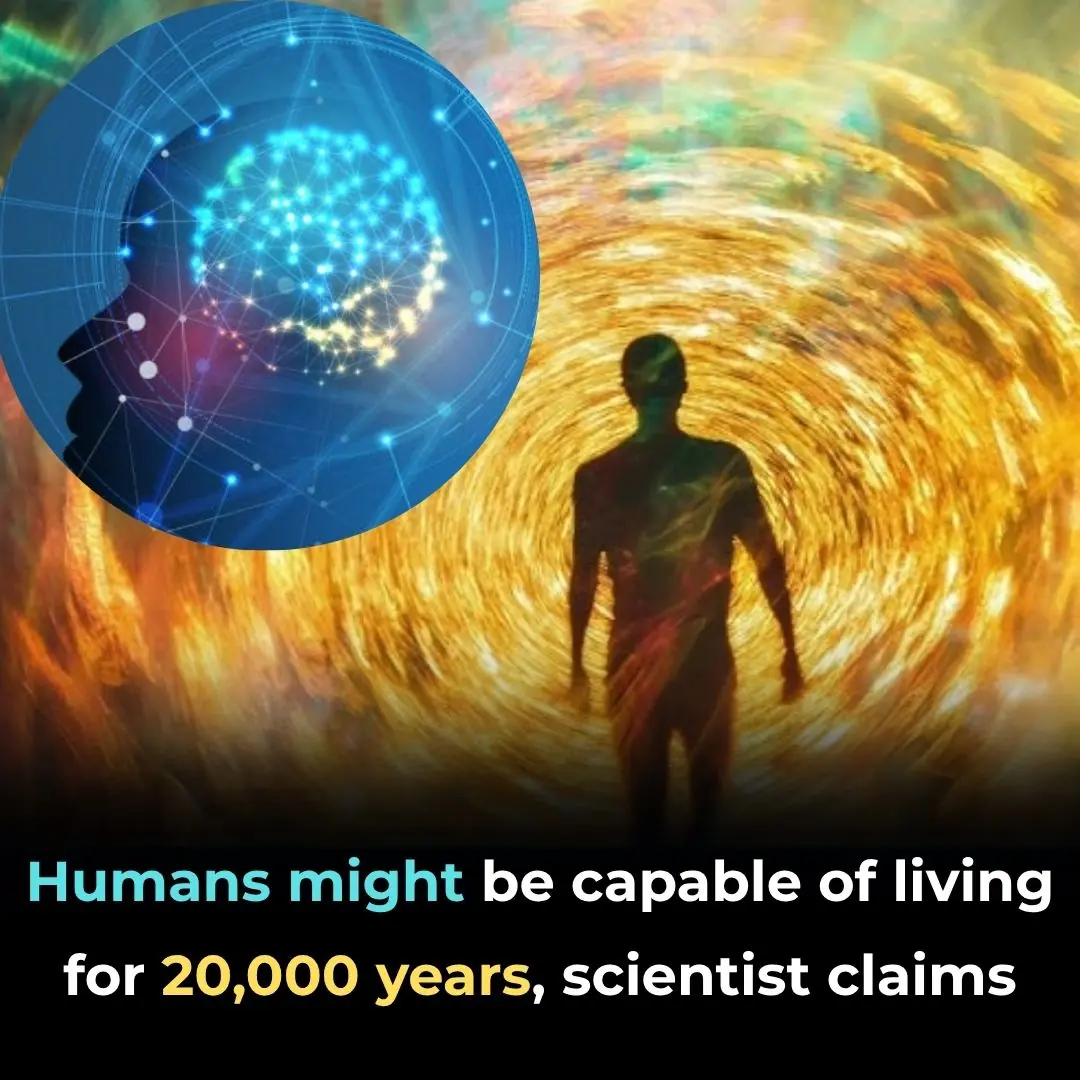
The Astonishing Claim That Humans Might Be Built for 20,000 Years
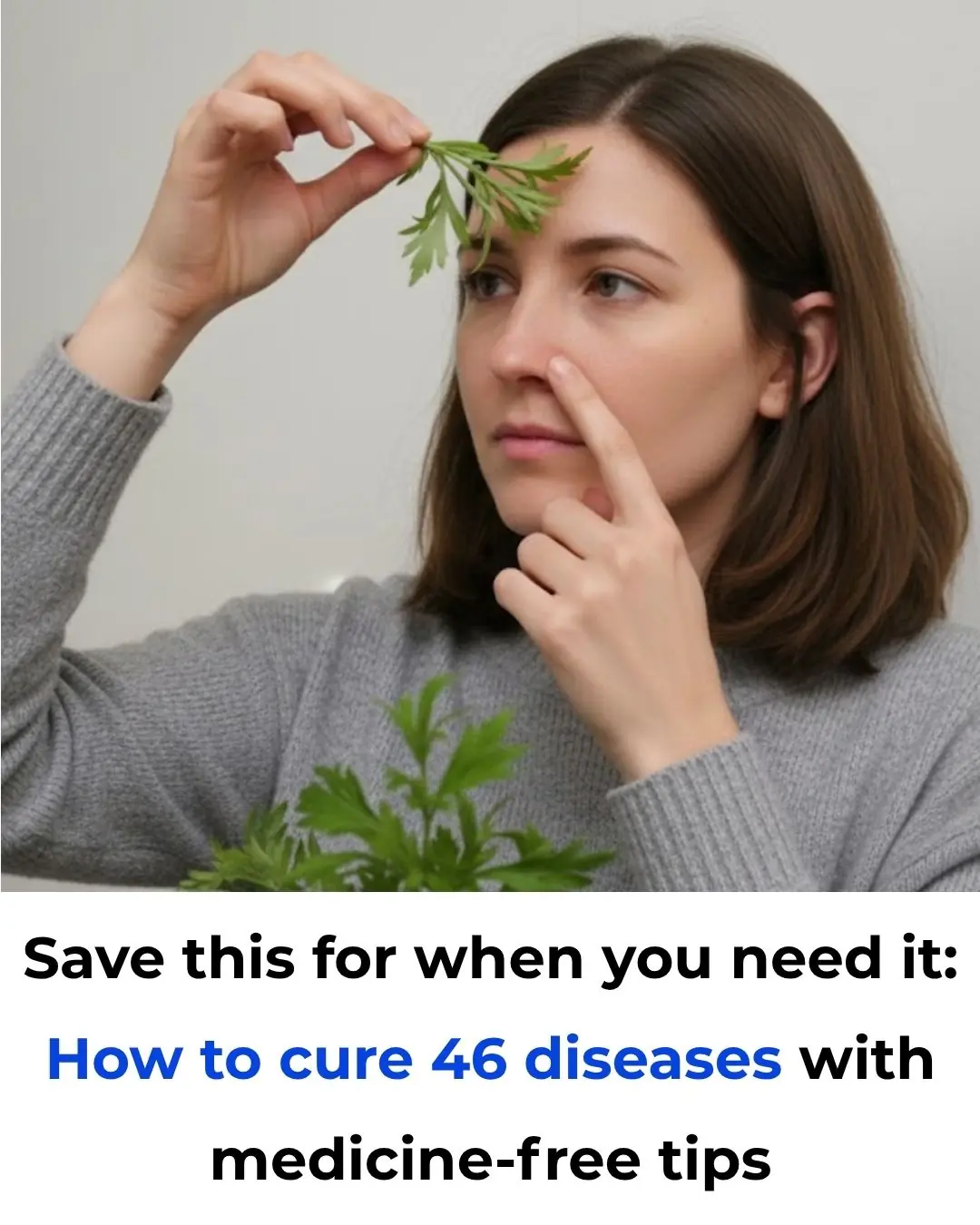
Save this for when you need it: How to cure 46 diseases with medicine-free tips

The Dying Lions of Khartoum: A Cry for Compassion Amid Collapse

The Gentle Embrace: A Baby Elephant’s Heartfelt Hug.
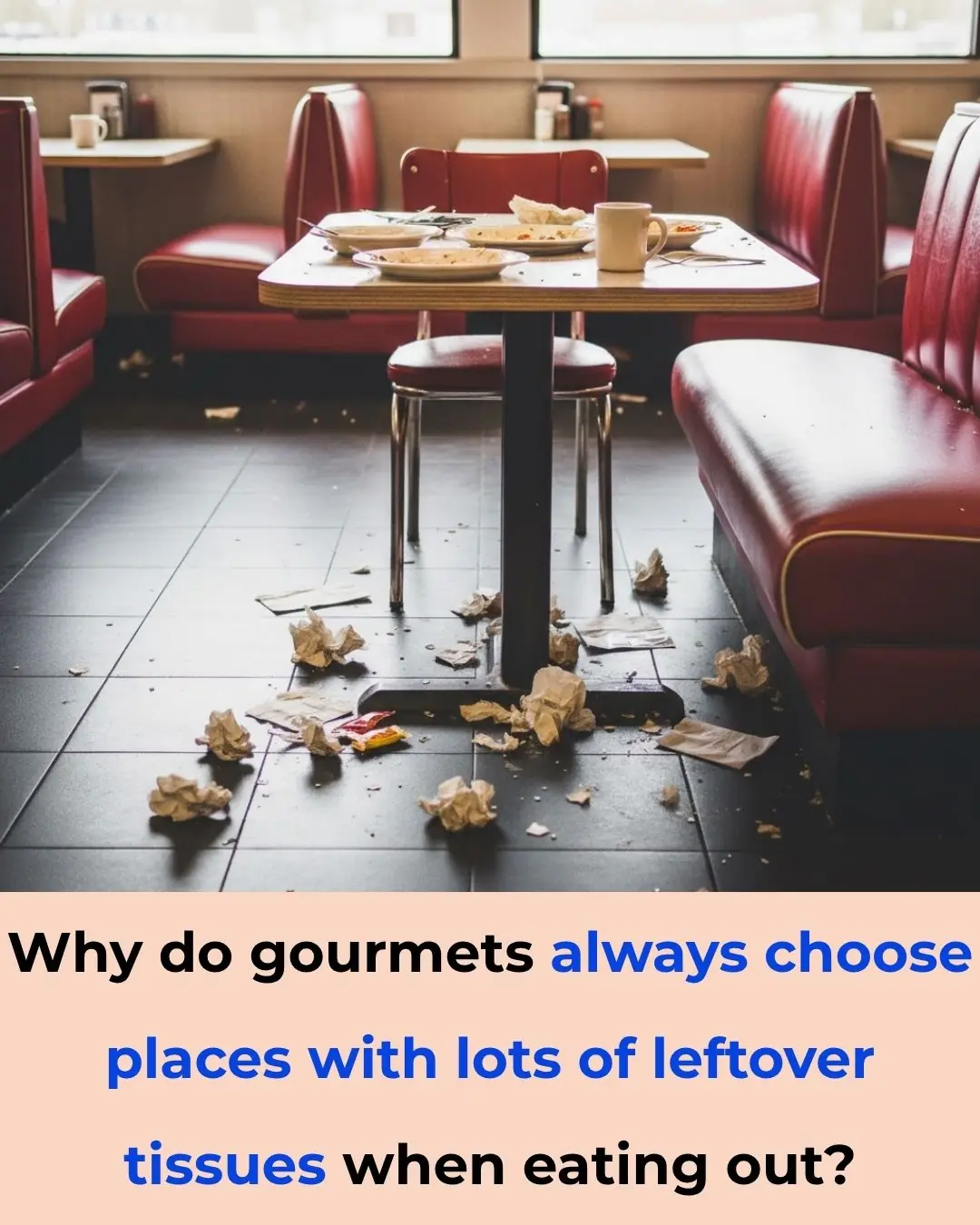
Why do gourmets always choose places with lots of leftover tissues when eating out?

Signs Your Adult Child May Resent How You Raised Them

Full Circle: The Boy Who Saved the Woman Who Once Saved Him.
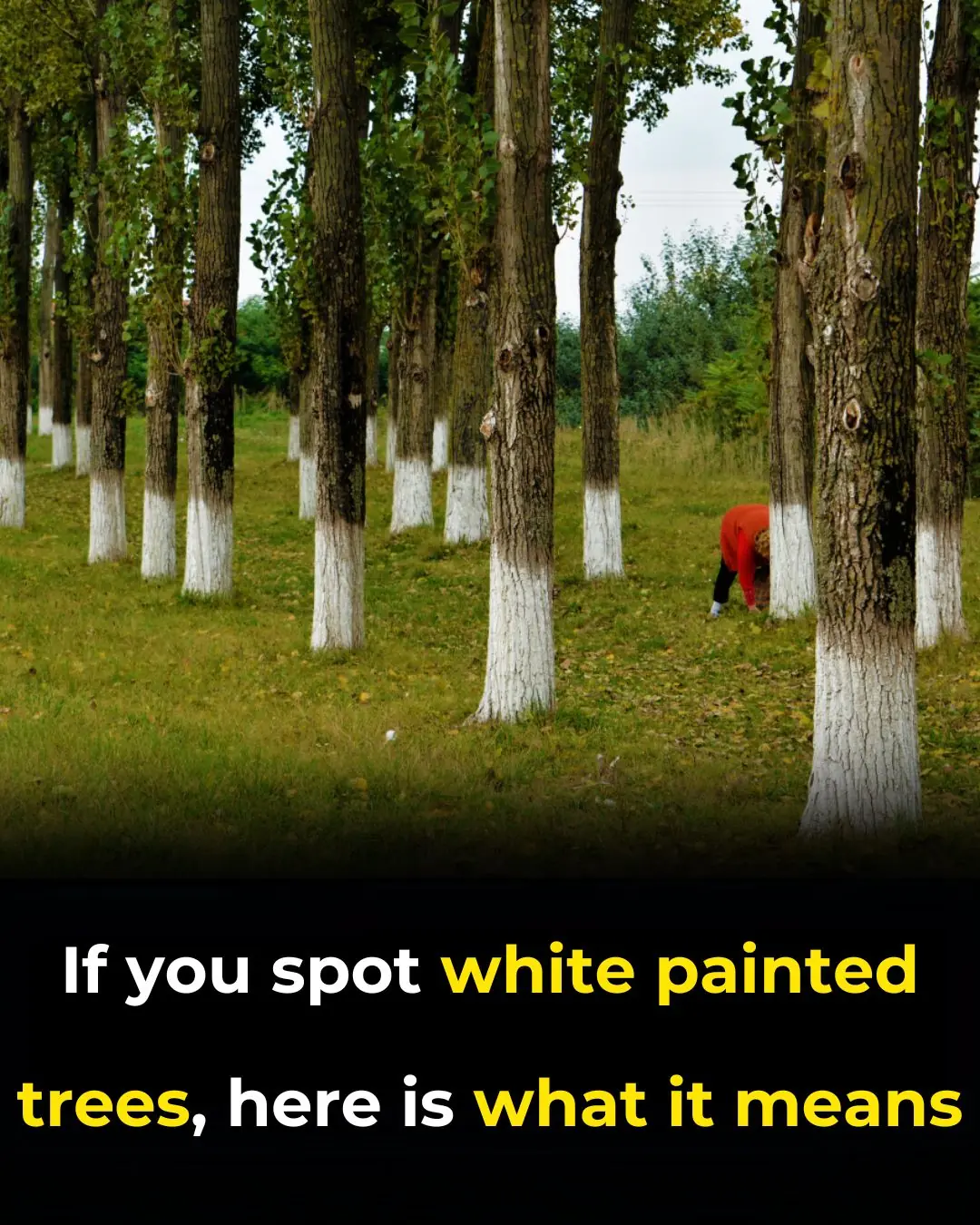
What’s the Reason Behind Painting Trees White?
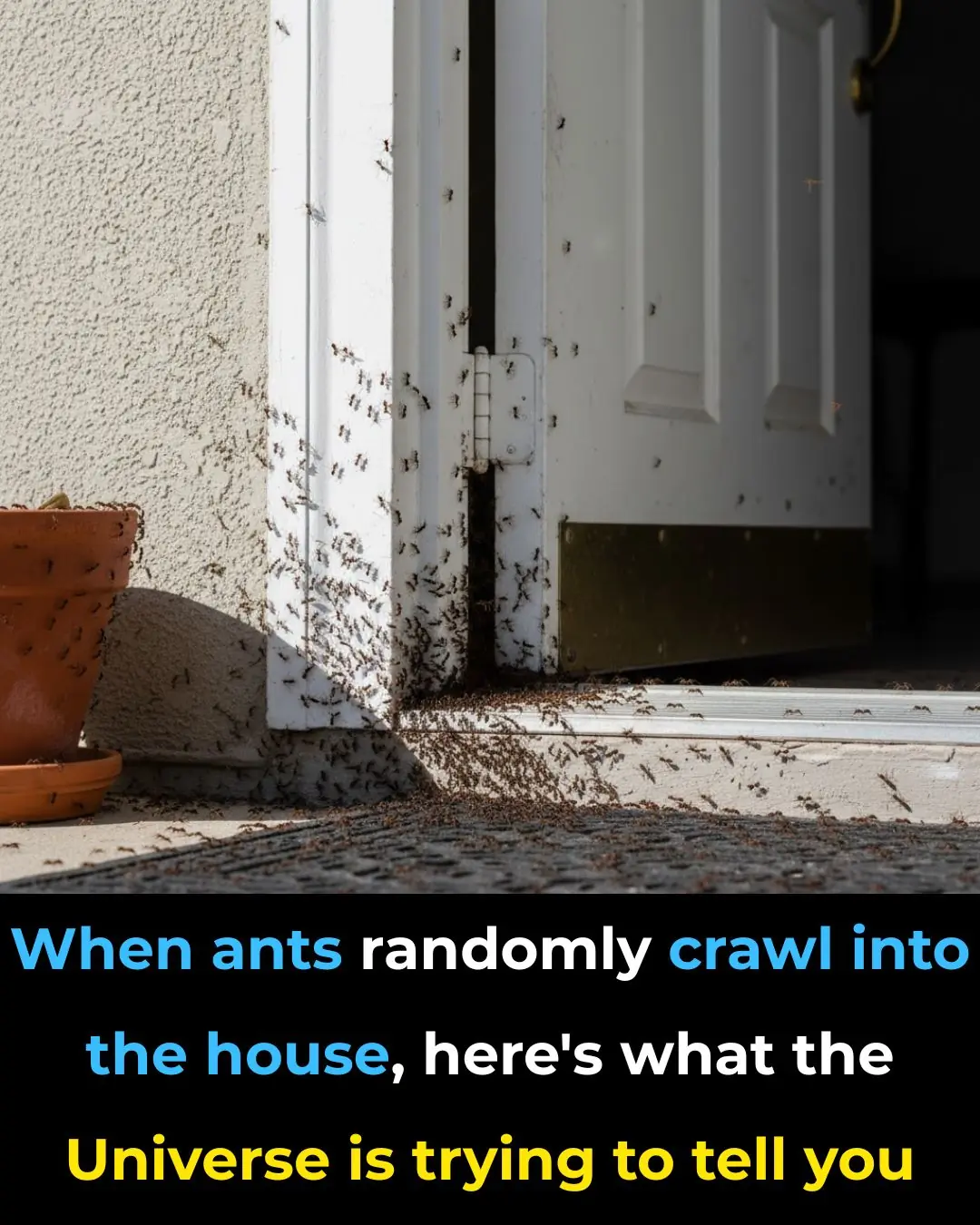
When ants randomly crawl into the house, here's what the Universe is trying to tell you

‘This Is Why They Mad’: Angel Reese’s Runway Debut Triggers Supporters to Clap Back After Trolls Claim Victoria’s Secret Has ‘Lowered Its Standards’
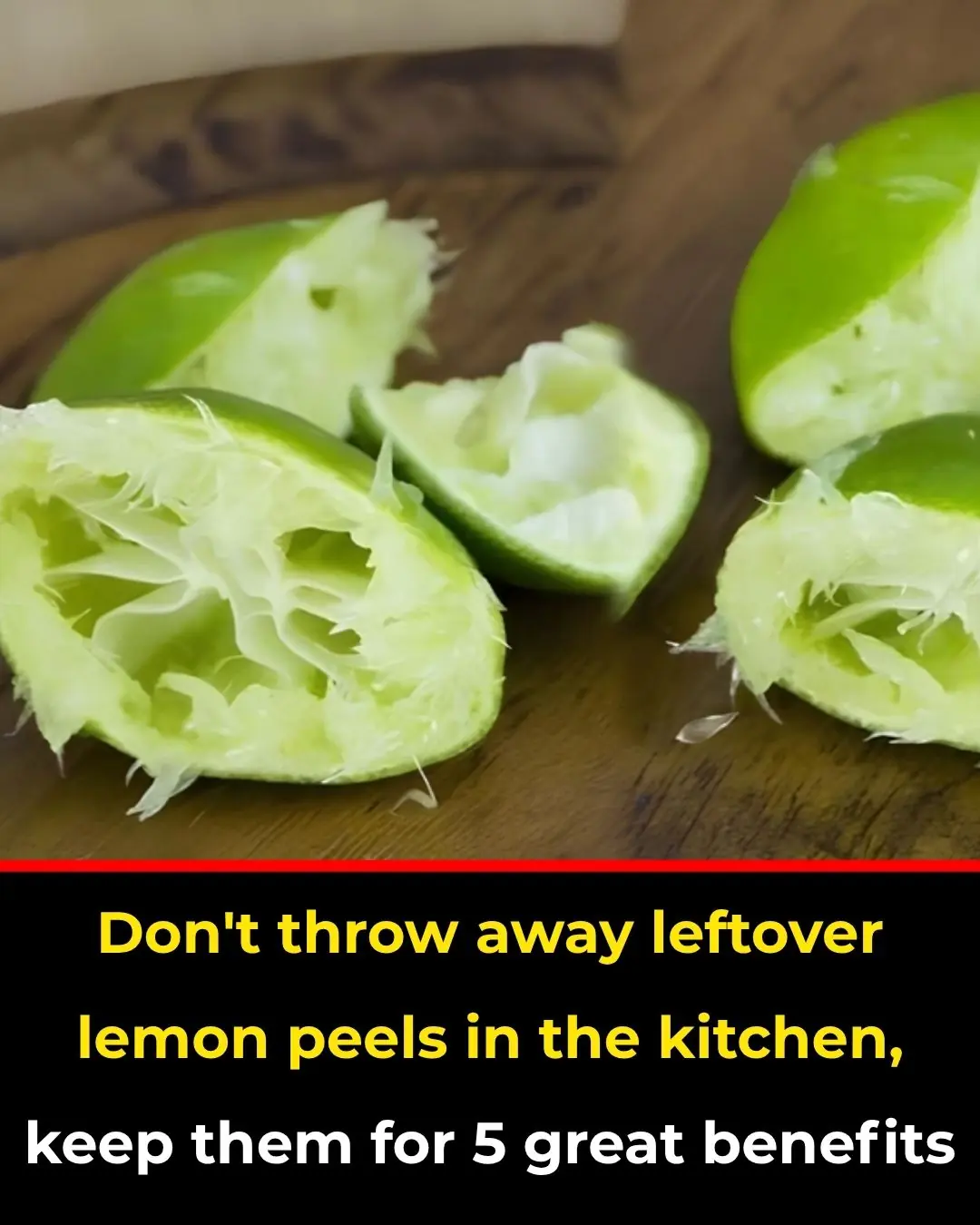
Don't throw away leftover lemon peels in the kitchen, keep them for 5 great benefits
